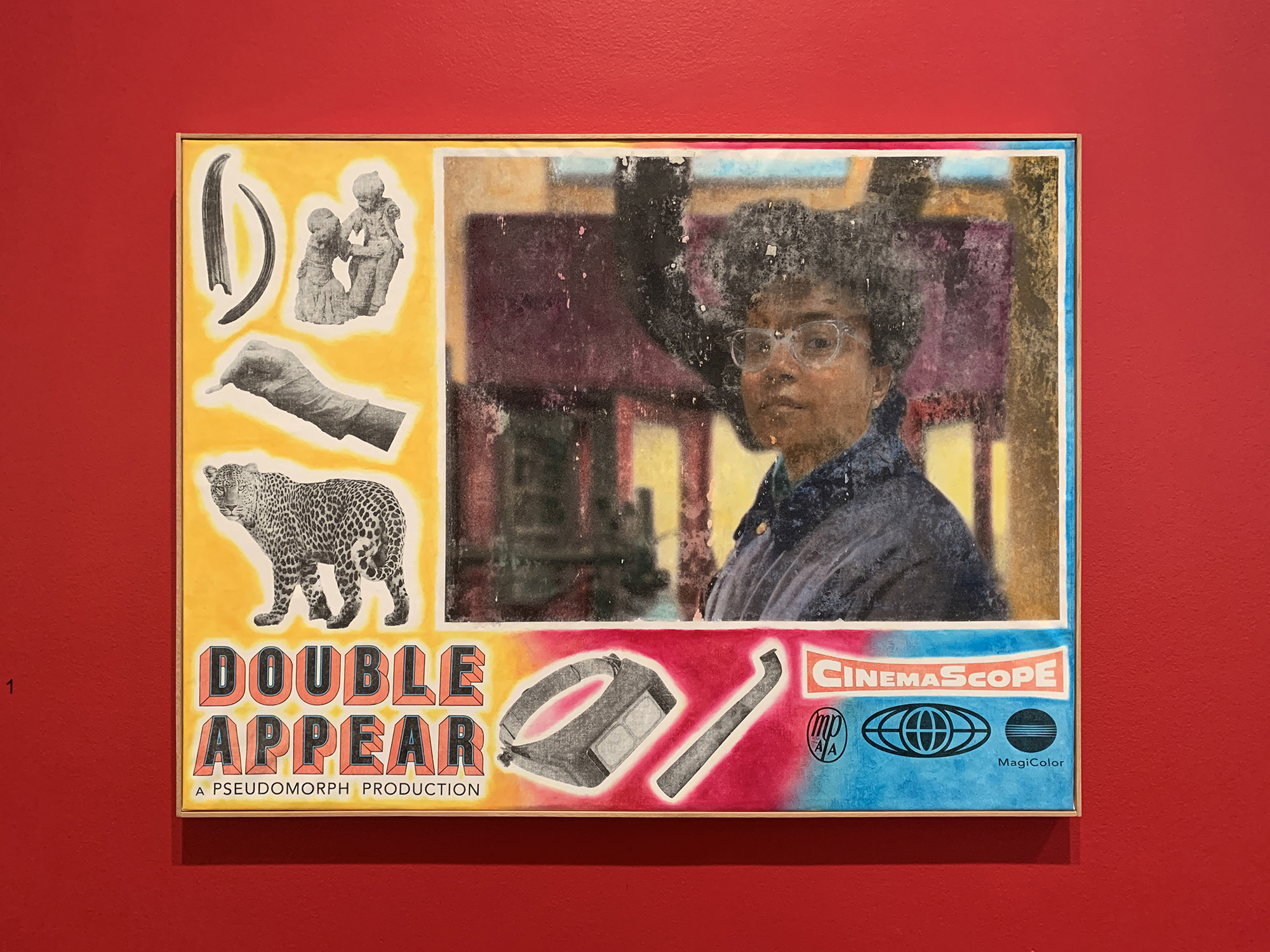
Forging a Heist Narrative
Lyndon Barrois Jr.'s "Rosette" Fuses Art, Cinema and History
written by
Cally Jamis Vennare
In “Rosette,” a recent solo exhibit at the Carnegie Museum of Art (CMOA), Carnegie Mellon Assistant Professor of Art Lyndon Barrois Jr. drew from his love of the heist film genre to create a never-to-be-realized film script. The story’s protagonists, two museum conservators who may be forgers, are tasked with caring for objects deemed valuable to Belgium’s cultural heritage.
Are these conservators committing forgeries to sabotage a method of evaluation based upon authenticity? By raising questions of authorship, legitimacy and ownership, Barrois challenges us to consider what it means to care for these objects physically, culturally and intellectually.
Working with CMOA’s Richard Armstrong Curator of Art, Liz Park, Barrois’ fictional script came to life in the museum’s Forum Gallery though the use of film stills, posters, sets and props starkly juxtaposed with “forged” paintings, sculptures and objects borrowed from both Carnegie Museums of Art and Natural History. The exhibit, which ran from May 5 through August 27, allowed visitors to enter a unique world of cinema, art and history.
Barrois often uses cinema as a primary tool of reference — not only in his artistic endeavors, but also in the classroom. By looking at the intentions of a film, what is happening within it, and how images can be composed to frame a certain narrative (or a broader, alternative storyline), he helps his students express key elements of a cinematic story through images, objects or sculptures. This approach, which he calls “static cinema,” is one that was strongly influenced by the work of LA-based artist Kathryn Andrews.
It is Barrois’ hope that “Rosette” motivates viewers to dig a bit deeper to develop a curiosity about what they were seeing — “an eclectic collection that would otherwise never be hung in the same space in a museum” — and spark an important and relevant dialogue around issues of authorship, authenticity and ownership.
“There’s always an inclination within me to present things that have some level of conviction to them — like relaying a kind of conviction to the audience as to whether or not something is real or true. This is really a series of firsts for me, so it’s been a learning process, but also a bit of an evolution of some of the visual and material language that I’ve been working toward for the last few years.”
The idea of a heist narrative involving a forger had been on Barrois’ mind for almost 20 years, yet the structure of the story and character makeup changed over time. And therein lies another key lesson for his class of emerging artists at CMU — to embrace flexibility and follow an idea through, even in the face of doubt. “Rosette is a reinforcement of that sentiment. As a student, you have lots of doubts. So do I! But it’s OK to do things differently … and to deviate. I never made some of the things that look like this exhibition. But it’s really exciting and, hopefully, there are rich results.”